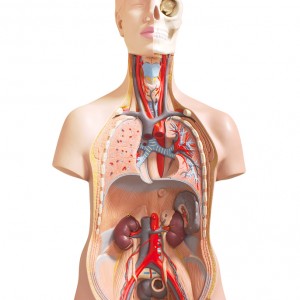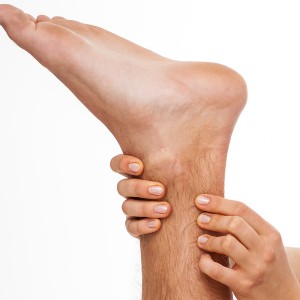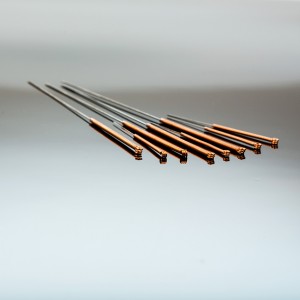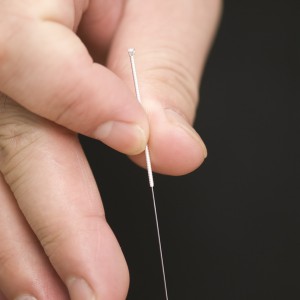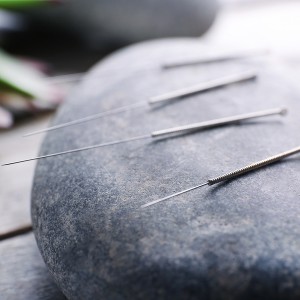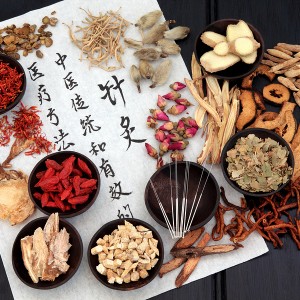Osteopathy and Traditional Chinese Medicine (TCM) may seem worlds apart in terms of cultural origin and theoretical frameworks, yet beneath the surface, they share fundamental principles that underscore their holistic approach to healing. One such principle is the concept of “the rule of the artery” in osteopathy, which bears striking resemblance to the notion of Qi (or “life force energy”) and Blood in Chinese medicine. Understanding Osteopathy’s Rule of the Artery Osteopathy, founded by Dr. Andrew Taylor Still in the late 19th century, is a form of alternative medicine that emphasizes the interrelationship between the body’s structure and its function. At the heart of osteopathic philosophy lies the principle known as “the rule of the artery,” which asserts that proper blood flow is essential for optimal health and wellbeing. According to this principle, when blood circulation is obstructed or compromised, it can lead to various health problems and musculoskeletal imbalances. […]

